 |
| Ngoi Mong bridge collapsed in Ky Son ward, Hoa Binh. Photo: VNA |
During the recent storm No. 3 (Yagi storm), a series of bridges in Hanoi and the northern mountainous provinces such as Phu Tho, Thai Nguyen, Tuyen Quang, Yen Bai, Cao Bang, Bac Giang, etc. had to restrict and prohibit movement due to concerns that the rapid floodwaters could lead to the risk of bridge collapse. Storm No. 3 and its circulation also caused the collapse of Phong Chau bridge in Phu Tho province as well as Ngoi Mong bridge in Hoa Binh province.
Regarding the Phong Chau bridge, Director of the Vietnam Road Administration Bui Quang Thai said: The bridge was built before 1996 and has been regularly maintained. At the time of the incident, the unit had not received any reports of unsafe signs for the Phong Chau bridge. Due to the impact of storm No. 3, flood water on the Thao River (the main stream of the Red River) rose very high and flowed rapidly, causing the Phong Chau bridge at km18+300 of National Highway 32C, connecting Tam Nong and Lam Thao districts, Phu Tho province, to collapse, sweeping away pillar T7 and 2 main spans.
Mr. Nguyen Thanh Long, lecturer at the University of Transport, said that in addition to the impact on the structure and geology of the construction, the impact of extreme weather such as storms and floods can cause bridges to collapse, especially weak bridges and bridges that have been built for many years. To determine the exact cause, a lot of data and time are needed. In the immediate future, the problem is how to improve the quality of warnings and assess the safety of traffic works against the impact of natural disasters.
“For bridges located in areas affected by extreme weather, units need to inspect and assess their condition. Weak bridges must be monitored regularly and handled promptly when bad weather affects operations to ensure the safety of the structure as well as the safety of people and vehicles traveling across the bridge,” said Mr. Nguyen Thanh Long.
Deputy Director of the Vietnam Road Administration Nguyen Manh Thang emphasized: The unit resolutely suspends the exploitation and use for traffic purposes of bridge works that are not safe for exploitation and use due to natural disasters, high water levels, high flow rates, weak bridges, and cases showing signs of potential risks to traffic safety and construction safety.
According to the report of the Vietnam Road Administration, the recent storm No. 3 caused damage to road traffic infrastructure, mainly on national highways from Thanh Hoa and the northern provinces. Accordingly, 2 spans of Phong Chau bridge in Phu Tho province collapsed and drifted away; 1 pontoon bridge in Nam Dinh was damaged. In addition, 4 other bridges on the national highway were temporarily suspended to ensure safety in conditions of high and fast-flowing river water; 3/4 ferry terminals on the national highway in Nam Dinh and Thai Binh were suspended due to high and fast-flowing water.
Faced with the risk of storms and storm circulation affecting transport infrastructure, related to bridges and roads, the Ministry of Transport is requesting the Vietnam Road Administration to urgently direct the inspection and review of bridges over rivers that are affected by rain and floods, especially weak bridges, bridges built many years ago, areas at risk of flooding, landslides, and flash floods on national highways to have a plan to handle and divert traffic from a distance to ensure traffic safety and construction safety.
The Department of Construction Investment Management and the Vietnam Expressway Administration urgently directed relevant units to review bridges, construction works under construction, and key locations at risk of landslides and flooding due to rain and floods on national highways and expressways in operation to have timely solutions to ensure traffic safety and construction safety; organize traffic flow and guide traffic safety when there is congestion.
The Vietnam Railway Authority in coordination with the Vietnam Railway Corporation directed units to strictly implement the patrol and guard regime at key works, locations, and key areas, especially at bridges over rivers that are affected by floods, road sections at risk of flooding, falling rocks, landslides, etc. to promptly have response plans or stop train operations.
Source: https://baothuathienhue.vn/kinh-te/tang-chat-luong-canh-bao-voi-cac-cong-trinh-cau-duong-truoc-thien-tai-146271.html




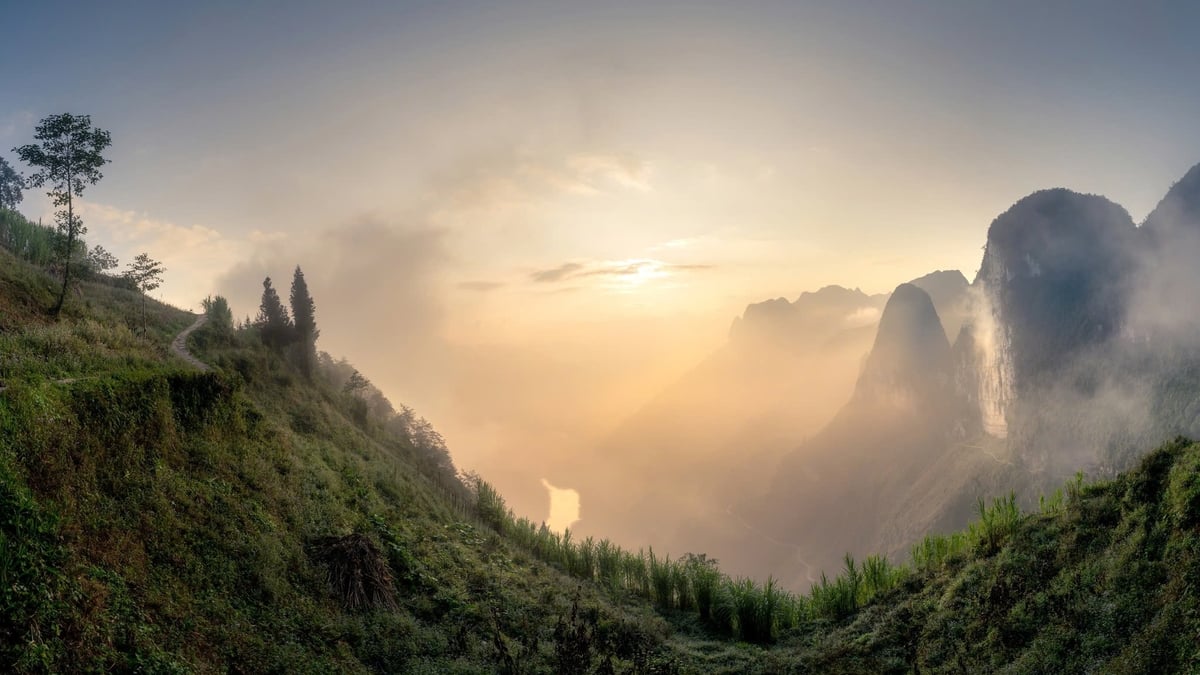


![[Photo] Close-up of An Phu underpass, which will open to traffic in June](https://vphoto.vietnam.vn/thumb/1200x675/vietnam/resource/IMAGE/2025/5/15/5adb08323ea7482fb64fa1bf55fed112)


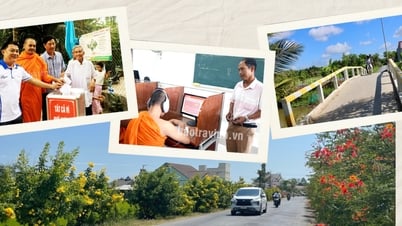
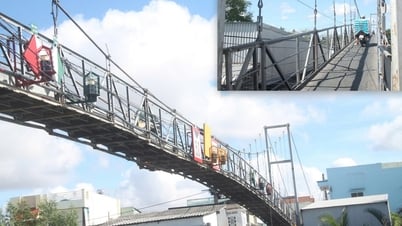







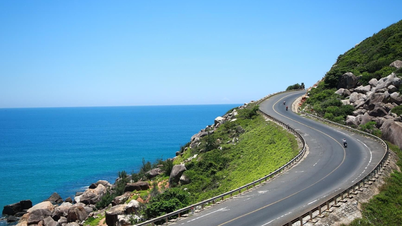
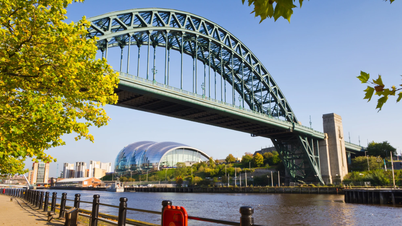


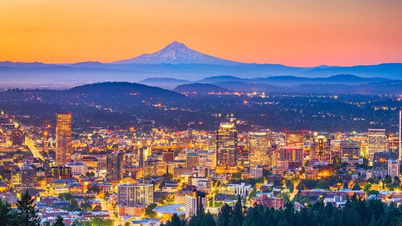

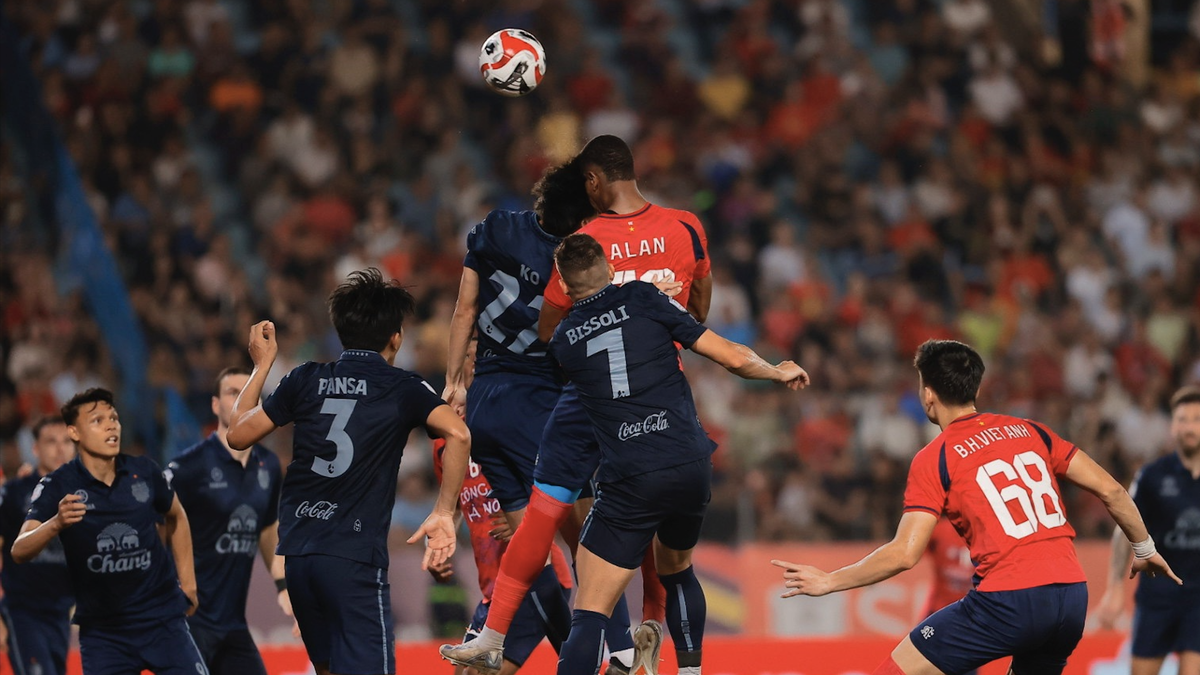
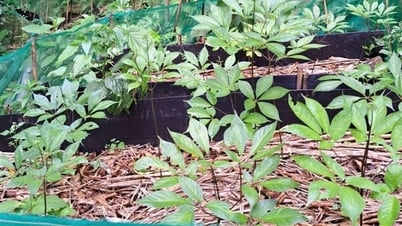

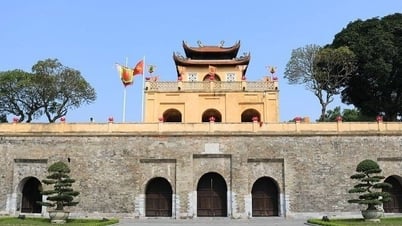



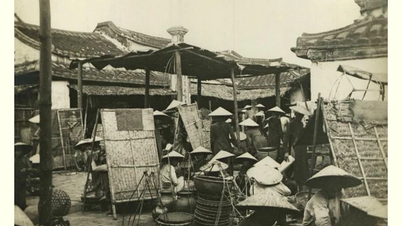

















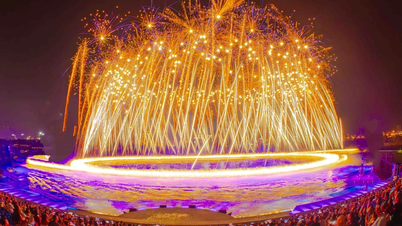










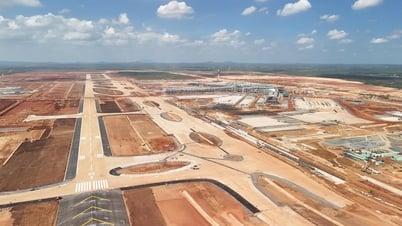





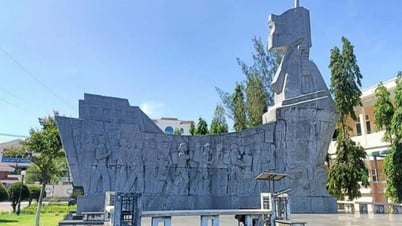




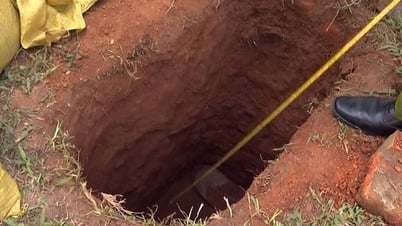

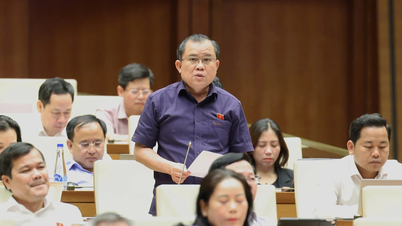





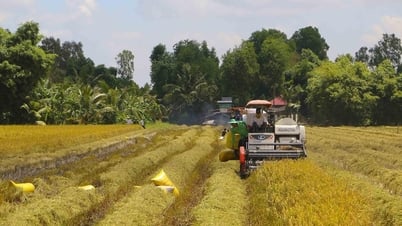

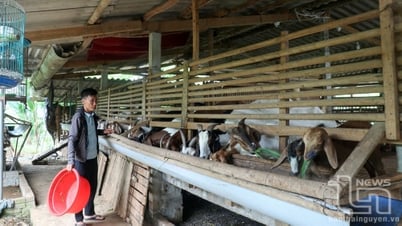



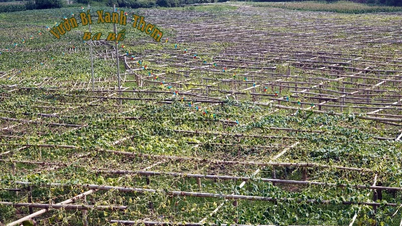

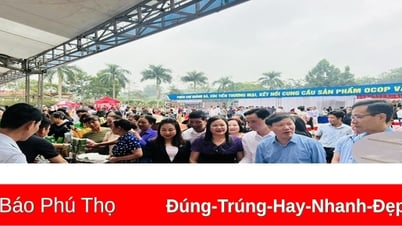









Comment (0)